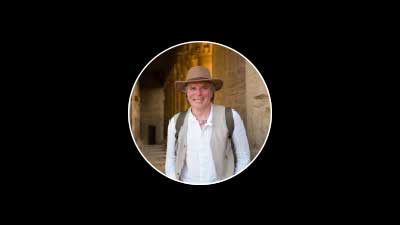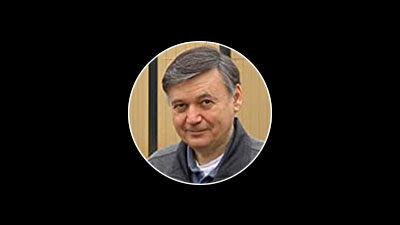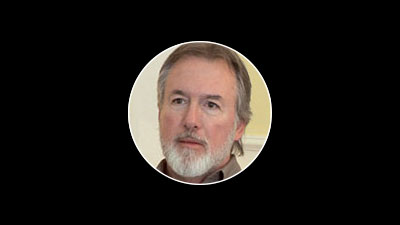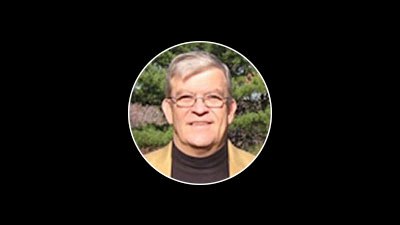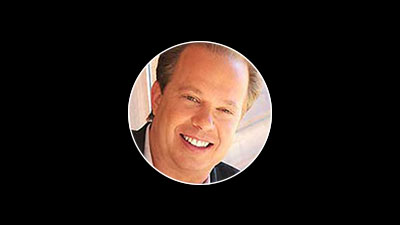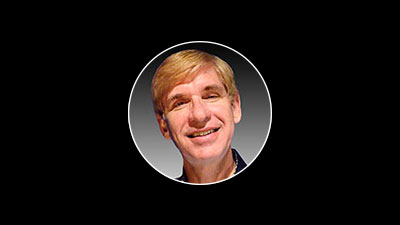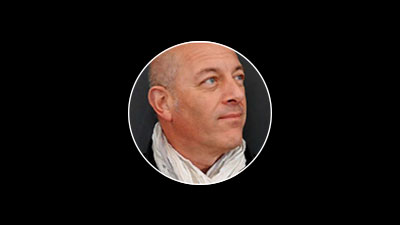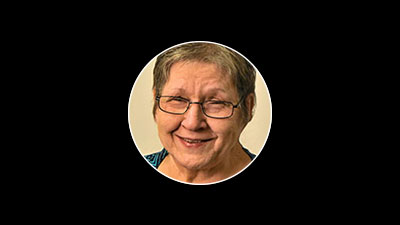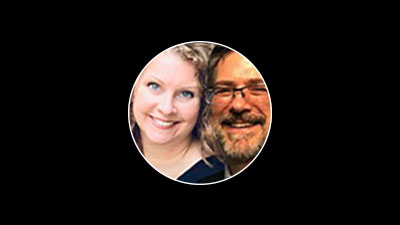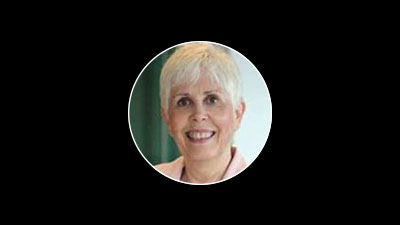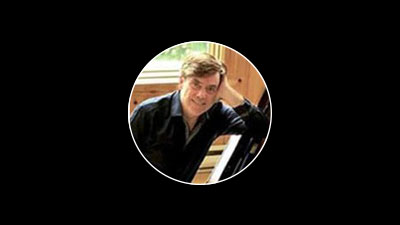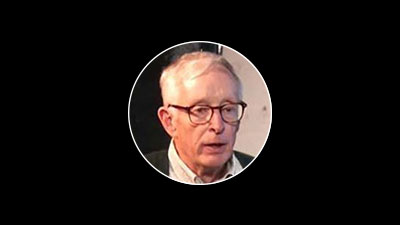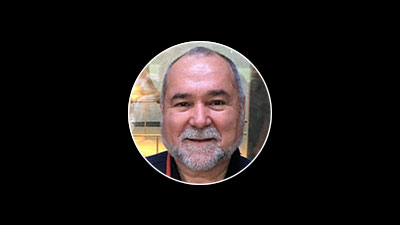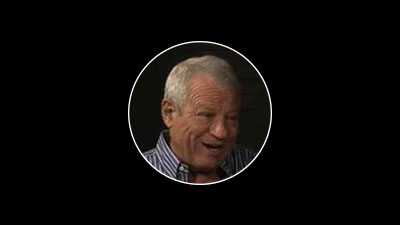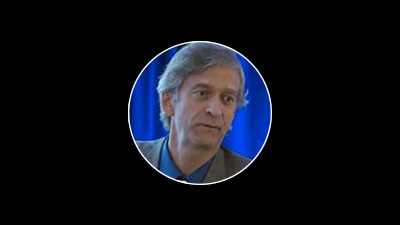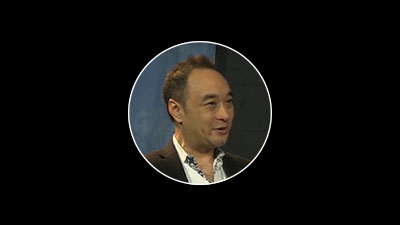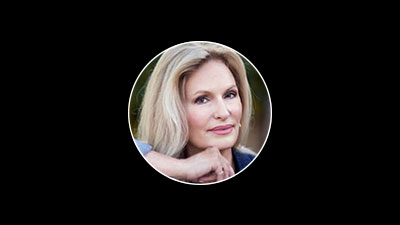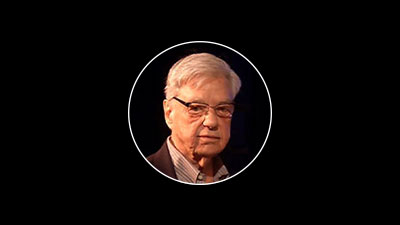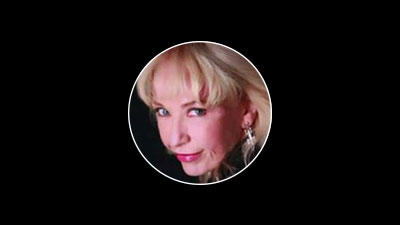The Arlington Institute was founded in 1989 by John L. Petersen who previously had pursued multiple careers in the military, nonprofit sector, residential real estate development, advertising and marketing, presidential politics, national security policy, and the music industry. Petersen launched TAI to help redefine the concept of national security in much larger, comprehensive terms by introducing the rapidly evolving global trends of population growth, environmental degradation, scientific/technological explosion, and social value shifts into the traditional national defense equation that had focused on “killing people and breaking things”. From the beginning, TAI has always focused on big ideas and big issues.
The need for an organization like TAI evolved from the bipartisan, eighteen month long National Security Group project that Petersen co-founded and jointly led in Washington, DC in 1986-7. That ad-hoc group of national security experts was brought together to explore and map the security environment that the successful candidate would have to operate within after the 1988 presidential campaign. Petersen also wrote the final report for the group, The Diffusion of Power: An Era of Realignment, which became a strategy document used at the highest levels of the Department of Defense.
Learning about the future: In the early part of the 90s, Petersen was engaged in a number of projects for the Department of Defense which functioned to build a systematic understanding of the major approaches that were then being used to study and anticipate futures. One notable project for the Office of the Secretary of Defense involved traveling throughout the world visiting the foremost practitioners of futures research to assess each methodology and attempt to develop a new, synthetic approach that drew from the best of the then current processes. It was during this period that he became familiar with scenario planning.
Changing the outlook of the military: Petersen became an advisor to a number of senior defense officials during this time, serving in various personal support roles to the Undersecretary of the Navy and the Chief of Naval Operations, among others. For a number of years he was retained to bring speakers on issues related to different aspects of the future into the Pentagon each month to expand the horizons of the uniformed and civilian leadership of the Department of the Navy. The Arlington Institute successfully executed a number of major projects during the first half of the decade. The Commandant of the Coast Guard retained Petersen to develop an “environmental scan” of the horizon, assessing the major trends that were driving change in the key sectors (science, technology, environment, energy, transportation, space, et al.) that would define that service’s future.
Those findings were then used as the foundation upon which the Coast Guard’s strategic plan was built. The report became the basis for Petersen’s first book, The Road to 2015: Profiles of the Future which was published in 1994. That book was selected as a CHOICE Best Academic Book in 1995. Other notable projects included a two-day workshop with all of the flag officers responsible for financial management in the Navy to develop alternative approaches for dealing with emerging futures, as well as number of workshops with the most senior leadership of the Department of the Navy, exposing them to breakthrough concepts and potential events that could dramatically influence the future.
Vision 21: A particularly rewarding project, Vision 21, involved taking the twenty one most senior generals in the Marine Corps through eight, two-day workshops to develop a vision for the future of the Corps. That effort resulted in a major strategic direction document being written by the incoming Commandant for his general officers that guided the direction of the service for a number of years.
Midway through the 90s, Petersen became convinced that humanity was living in an extraordinary time of change that would necessarily result in a major global shift within the following two decades. TAI committed itself to playing a significant role in facilitating a global transition to a new world that operates in a fundamentally different way from the past. The question begged by this perspective was: What kinds of events could be the catalyst for a big, historical shift? That query led to an exploration of “wild cards,” rapidly moving, surprise events that had the potential of quickly and fundamentally reshaping the global landscape. In an attempt to understand the breadth of the possibilities, he wrote his second book, Out of the Blue: Wild Cards and Other Big Future Surprises in 1997 which became a World Future Society best seller and was the first and only book on the subject written in English.
Y2K – The big wild card: The emergence of the year 2000 computer problem led to a great deal of seminal work attempting to understand and anticipate the potential implications of possible large-scale computer failure. It was a wild card that was certain to happen on a given day, with no knowledge of what fallout might transpire. We looked at it as an extraordinary opportunity to study the structure and dynamics of a major global event that could have extraordinary implications. One article co-authored by Petersen, The Year 2000: Social Chaos or Social Transformation?, became a major assessment of the potential for change associated with the event and was published in seven different publications. The Arlington Institute was retained by the government to help with preparing for Y2K in a number of ways. One included consultation on the design and operation of Y2K crisis response centers. More importantly, we developed a process to regularly survey the American populace to anticipate changes in behavior that might presage social problems and provide input to DOD and the White House on policy options. During this period TAI became seriously involved in studying and applying agent based modeling and nonlinear system behavior to Y2K-associated issues.
Developing Global Scenarios: TAI’s Y2K activities caught the attention of Silicon Valley and it was retained in 2000 to develop a large number of scenarios around the forces driving global change for a major encyclopedic Internet portal that was under development. These alternative images of the future were to be based upon individual system dynamics models that would allow Web users to manipulate the inputs to a particular area (like energy, for example) and determine what kinds of potential worlds evolved. John Petersen brought his staff together and they developed a set of basic issues that they felt would be the main contributors and shapers of the future in the coming decade –
The global have/have-not situation
Rapid climate change
Fundamental computer-influenced changes happening to major human institutions.
Nanotechnology
Biological Terrorism
Rapid disintegration or positive change in Africa’s future
Genetic modification and biotechnology
Augmented intelligence – where humans were merging with computers and computers were taking on the capabilities of humans.
Global epidemics
Discovery of extraterrestrial life
These issues, which included both trends and wild cards became the core subjects that the organization continues to focus upon today. TAI began to monitor these subjects and enlisted input from an international network of friends who regularly submitted harbinger articles and stories from a wide variety of publications and sources.
These pieces were edited by Petersen and published fortnightly in the free email-based newsletter, FUTUREdition, which has grown to a readership of many thousands of individuals. TAI regularly receives comments from readers who consider it one of the most informative publications in existence for staying abreast of early indicators and weak signals of potential global change. When the dot-com bubble burst, the scenario project ended. The loss of funding necessitated that TAI cut back its staff and activities to a minimum and begin a process of redirection.
Tools for anticipating change: Global change will only come with shifts in human values and attendant consciousness and in the development of new tools that will allow us to operate on this planet in fundamentally different ways. TAI has developed a number of potential projects for encouraging new ideas that will lead to rapid social evolution. One two-year project, the Arlington Forum, is designed to develop a strategy for the future of humanity – looking out twenty years for a new framework for human behavior that deals systemically with some of the largest problems that our species faces.
Global change will require breakthroughs in the tools available to humanity for providing the basic needs that advanced and developing societies need, like energy, education, drinking water, food, health care, et al. In 2001, John L. Petersen conceived of what has become the Technology Horizon Foundation, a partnership with two venture capital executives to raise significant amounts of philanthropic funding ($30 – 100 million) for seed capital investments in fledgling companies that have a product idea that could “fundamentally change the world”. THF is presently reviewing the business plans for companies in the healthcare, waste conversion, education, and energy areas, among others. Financial projections suggest that over a decade as much as a billion dollars could be made available for funding breakthrough technologies through this vehicle.
In the early part of this decade, influenced by technologies TAI had become exposed to in the Y2K era, John L. Petersen came to believe that humanity was on the verge of being able to develop, for the first time in history, tools that could begin to relate current events to specific alternative futures, thereby providing early warning of major, disruptive events. Individual applications were being developed that could perform extraordinary single functions (like searching for information from multiple sources, monitoring specific sources twenty-four hours a day, translating between and among languages, performing a variety of processes based upon natural language processing, visualization of complex information in increasingly powerful ways, and recognizing patterns over time and allowing systems to learn) which, if integrated together into a seamless tool suite could open a new era in “sense-making.”
TAI began what turned into an eighteen month process of evaluating alternative technologies that might be included in such a tool suite. Its efforts came to the attention of the government of Singapore in 2001 which ultimately joined TAI in a two-year partnership to develop the capability that is now called DIANE (DIgital ANalysis Environment). DIANE represents the beginning of a revolution in what TAI calls “anticipatory analysis” – the process of analysis with the goal of anticipating the emergence of specific futures. Many government agencies and other organizations are seriously considering adopting the DIANE tool suite into their analytical processes as it represents a capability that is otherwise unequalled.
Over the next two years TAI built upon the capabilities and success of DIANE to make it the core engine in a National Surprise Anticipation center that was named the Risk Assessment – Horizon Scanning (RAHS) project, which continues after multiple incarnations to this day.
Facilitating a global transition: TAI continued to work to learn more about the major forces that are driving global change. A particular area of interest for many years has been energy. In 2003, TAI completed a project for the Office of the Secretary of Defense to develop an energy strategy for the country that accelerates the movement away from a dependency on oil for transportation. A Strategy: Moving America Away From Oil has been embraced by the United Nations Foundation as the best strategy that they have found to move the U.S. toward renewable biofuels.
TAI’s newest initiative is the development of a major web portal called the “World’s Biggest Problems,” which will be a single source of descriptions, scenarios, resources, news, and unsolicited advice on dealing with those problematic trends that will inevitably force major global change. Subjects that will be addressed will include increasing shortages of drinking water, the fragility of the global financial system, the end of oil as an economical source of fuel, rapid climate change, et.al.
TAI works with big ideas that can make a big difference. We are sincerely interested in helping humanity prepare for and transition to the new era that is clearly on our horizon.
For 30 years, TAI has published a free bi-monthly newsletter FUTUREdition; it has sponsored a speaker series – now called TransitionTalks – for 25 years, and is now hosting a video blog with John Petersen, PostScript, which is aired regularly.
© 2024 Arlington Institute



